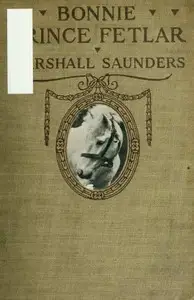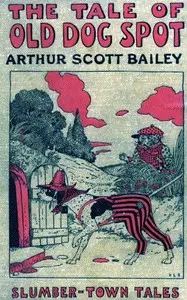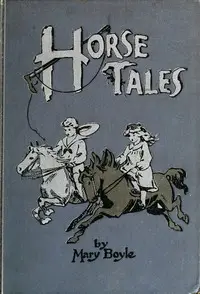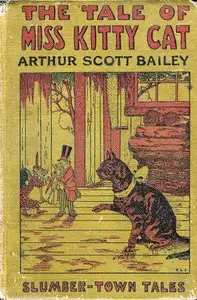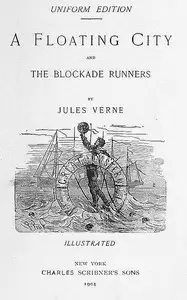"The Tale of Pony Twinkleheels" by Arthur Scott Bailey, is a heartwarming chronicle of a pony named Twinkleheels and his escapades with his young owner, Johnnie Green, amidst a vibrant community of farm animals. The story revolves around Twinkleheels, a spirited pony, as he learns about friendship, responsibility, and dealing with the ups and downs of farm life alongside Johnnie. Throughout their journey, Twinkleheels finds himself in a series of comical situations, learning about sportsmanship from a wise old horse and getting into playful trouble around the farm. The dynamic between Twinkleheels and Johnnie is at the heart of the tale, illustrating themes of companionship, growth, and understanding through light-hearted adventures.

The Tale of Pony Twinkleheels
By Arthur Scott Bailey
A frisky pony and his young companion discover the true meaning of friendship as they navigate playful mischief and important life lessons on a bustling farm.
Summary
About the AuthorArthur Scott Bailey was an American writer. He was the author of more than forty children's books. He was born in St. Albans, Vermont, United States, the second child of Winfield Scott Bailey and Harriet Sarah Goodhue. Winfield Bailey owned a dry goods shop that was stated to be "one of the most reputable of St. Albans mercantile concerns" and specialized in furs; namely ladies' fur coats, muffs and scarves. Bailey attended St. Albans Academy and graduated in 1896, in a class of only eleven other students. He then went on to the University of Vermont in Burlington, Vermont, where he became involved in a fraternal organization, Sigma Phi.
Arthur Scott Bailey was an American writer. He was the author of more than forty children's books. He was born in St. Albans, Vermont, United States, the second child of Winfield Scott Bailey and Harriet Sarah Goodhue. Winfield Bailey owned a dry goods shop that was stated to be "one of the most reputable of St. Albans mercantile concerns" and specialized in furs; namely ladies' fur coats, muffs and scarves. Bailey attended St. Albans Academy and graduated in 1896, in a class of only eleven other students. He then went on to the University of Vermont in Burlington, Vermont, where he became involved in a fraternal organization, Sigma Phi.

